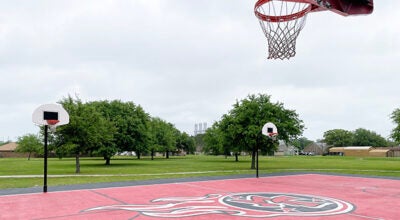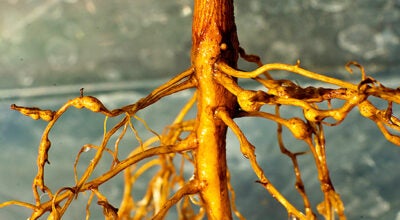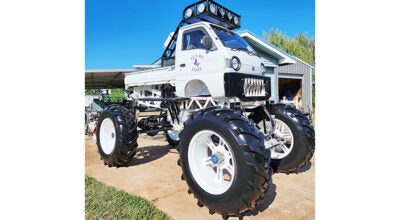Aim small so that you can catch big trout
Published 12:16 am Sunday, September 27, 2015
Sometimes catching quality-sized speckled trout means focusing on the small things.
A few years ago while fishing with Mike Tennian of L&S Lures, I headed to the banks between Whisky Bayou and the Pines on Sabine Lake and found trout literally stacked against the shore.
Most of the time, trout are known for working out from the shorelines, but they were so tight to the bank that my partners and I were getting hits literally inches from the mud line. Small groups of birds (one to three) were diving over these small schools, which were holding much bigger trout than on the main lake.
We were fishing with the Mirrolure Catch 5 and a variety of top waters and caught the most fish by fishing them with a fast retrieve parallel to the shorelines. Most of the time you will cast toward the shore, but once we figured out the fish were literally hugging the bank, we switched to casting down the shoreline to maximize the fishing action.
The areas that held the most trout were where there was a concentration of shad mixed in with shrimp. We found many shad with minimal trout, but when there were some shrimp skipping the top of the water as well, the specks were present. By the time this article hits, most of the shad will be gone so shrimp and mullet will be the primary source for the fall trout.
The whole scenario had me scratching my head because my theory has been that trout prefer easy access to hard work, and on the main body of the bay, I could have swam like a fish and caught shad in my mouth. That is how thick they were.
The next week I returned to do some wade fishing in that area and noticed something interesting about the bottom in this location. Over about a 100-yard stretch between two well-defined points, the bottom dropped off steeply into some big potholes. I went from my waist deep to chest deep and then rose up to my knees.
What I realized is that when Hurricane Rita a couple of years earlier blew through the area, it changed the bottom in this spot and made it deeper.
Then I got to looking at the cuts coming from the marsh. At the time, the tide was coming in strongly and was quite high which was the same situation that Tennian and I encountered before. I noticed there were a couple of small eddies in relation to the new ridges and potholes formed in the storm.
The trout were feeding there because the shrimp and shad gathered in the eddy and at that point were probably trapped there by the feeding trout. This made perfect sense. That Louisiana shoreline tends to form eddies on tides on incoming tides around cuts, but they are usually small and filled with flounder. Because this location had several small cuts and major changes in topography, it formed a large eddy that is one giant pot of seafood gumbo for marauding specks.
The key was looking for birds (and trout, of course) away from the fracas on the main bay and keying in on shorelines.
It was the small details that made the difference, so think small to catch big trout on Sabine Lake and surrounding waters.
•
To contact Chester Moore, email him chester@kingdomzoo.com. You can hear him on “Moore Outdoors” Fridays from 6-7 p.m. on Newstalk AM 560 KLVI and online at www.klvi.com.






